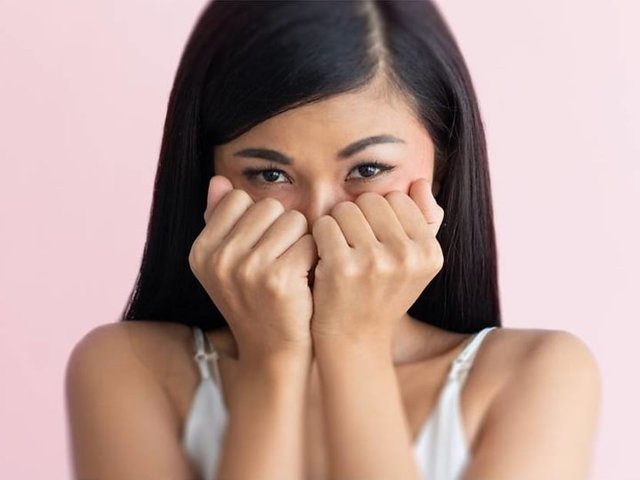Blushing is a normal physical response that occurs when our body’s sympathetic nervous system is activated. It’s also commonly triggered by emotions such as embarrassment, shyness or stress.
During blushing, the blood vessels in your face widen and increase the flow of blood to your skin. Often, your ears and neck may also blush.
Blushing, which causes your cheeks to turn red when you experience an emotion, is often seen as a sign of love. However, the science behind blushing suggests that it can also be a sign of anger or irritation.
The way it works is that your body releases a hormone called adrenaline when you feel passionate about someone or something. This surge of adrenaline causes your veins to dilate and blood to flow closer to your face.
This is a natural reaction that your body has to any heightened emotional state, but it can be particularly intense for self-conscious people. So if a guy you’re interested in is the self-conscious type, it might make sense that he would blush around you.
Blushing is an involuntary reaction triggered when blood rushes to the face. You can’t stop it – no matter how hard you try – as it’s a fight or flight response that is part of your body’s natural defense mechanism.
But it’s not just about embarrassment anymore, and studies have found that blushing can be a sign of respect.
Psychologist Marije aan het Rot from the University of Groningen says it’s a good thing because it shows you care about how other people feel.
It also helps you avoid a fight or confrontation because others can see your remorse. Just as cats flatten their ears and dogs roll over, it’s a way to show you don’t want to fight. It’s like a nonverbal apology to others, says Rot.
A blush is an involuntary reaction that results from the nervous system causing blood capillaries to dilate. This can happen when you experience excitement, exercise, or embarrassment.
One common theory is that blushing has developed as a defense mechanism, like flattening your ears when you are caught digging in the backyard or rolling your belly up after being hit by a car. It allows people to recognize that you did not intend to offend them in a fight-or-flight situation.
It’s also a way to show that you are truly sorry for your actions and are attempting to correct them. This can help avoid conflict and strengthen interpersonal bonds.
Blushing is a normal body response to emotions like embarrassment, anger, excitement, or other feelings that are strong and uncomfortable. It’s triggered by the same system that activates your body’s fight-or-flight response, the sympathetic nervous system.
When blushing occurs, the blood vessels in your face widen to allow more blood to pass through them. This increase in blood flow makes your cheeks look red and feels warm.
Blushing is an involuntary response to a sense of embarrassment or shame. This is similar to your body’s fight-or-flight system, which activates your adrenaline and makes blood rush to your face.
In some situations, a blush can even be a sign of trust. Researchers have found that people who blush easily are more likely to be trustworthy, empathetic, and generous.
In some studies, a person’s blushing can be a way for them to show their contrition for an embarrassing situation or social mishap. For example, a child who feels bad about being lavished with praise might blush when they realize they didn’t deserve it.

